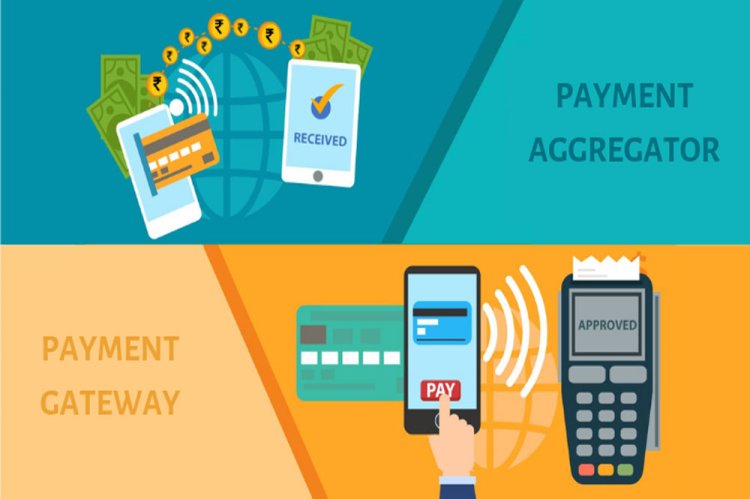Why Would You Need a Payment Aggregator and What Is It?
Merchant aggregation, often known as payment aggregation, is a business model in which numerous businesses join up directly under a single merchant identification number (MID) owned by a third-party payment provider (the “payment aggregator”). Digital payment methods exist now. In this model, a single merchant account represents all merchants. Sub-merchants handle aggregator transactions. Payment aggregators let companies accept credit cards and electronic transfers without a merchant account. What Happens During an Online Purchase? Typically, there are three people engaged in an online transaction. Customer Merchant Payment aggregator Consider an online phone top-up customer. Recharge using the service provider’s website or a third-party app. The dashboard lets the customer choose a mobile phone carrier, input a payment amount, and complete the transaction. Consumers may pay using credit cards, debit cards, net banking, digital wallets, and more. The aggregator

Merchant aggregation, often known as payment aggregation, is a business model in which numerous businesses join up directly under a single merchant identification number (MID) owned by a third-party payment provider (the “payment aggregator”). Digital payment methods exist now. In this model, a single merchant account represents all merchants. Sub-merchants handle aggregator transactions.
Payment aggregators let companies accept credit cards and electronic transfers without a merchant account.
What Happens During an Online Purchase?
Typically, there are three people engaged in an online transaction.
- Customer
- Merchant
- Payment aggregator
Consider an online phone top-up customer. Recharge using the service provider’s website or a third-party app.
The dashboard lets the customer choose a mobile phone carrier, input a payment amount, and complete the transaction.
Consumers may pay using credit cards, debit cards, net banking, digital wallets, and more. The aggregator offers a consolidated hub with many financial institutions and payment ways. Consumers buy after choosing.
Everything happens instantly. The aggregator pays the merchant and the customer pays the aggregator. Payment aggregator platforms require payment gateways to accept online payments. The gateway sends encrypted data to the payment processor. Before completing the transaction, the payment gateway will request the issuing bank to verify the customer has adequate money. The bank’s approval relies on the customer’s cash. The app will alert you whether the transaction was successful.
How can a payment consolidator streamline financial dealings between businesses?
Let’s begin by counting the number of players in a sale without a merchant aggregator:
- The customer submits payment information (often credit card data) to retailer.
- The retailer does their own validation to guarantee the information is accurate.
- The transaction details are sent by the retailer to a payment processor, usually a gateway.
- To guarantee the transaction will go through, the payment gateway does its own security check.
- The information is sent to a card network through the gateway.
- The card network verifies with the issuing (or customer’s) bank that it is safe to process the transaction.
- If everything goes well, the issuing bank will send money to the acquiring bank (the one the merchant uses) and confirm the transaction to the card network.
- The gateway receives confirmation from the card network.
- In this case, the gateway verifies to the retailer
- The store owner verifies with the buyer.
- Eventually, the issuing bank sends the real monies to the purchasing bank, which then transfers them to the retailer.
This method requires a merchant account and payment gateway connections. The purchasing bank will verify identification, financial status, personal guarantees, PCI compliance, and maybe the business. After opening a merchant account, the merchant may sign up with a payment processor (gateway) to process transactions and move payments from acquiring banks to their own. Some processors can’t execute transactions in all of the merchant’s countries or support all customer payment methods.
The merchant merely has to put a “buy now” button on their site with a payment aggregator. If the transaction is successful, the processor will transfer the monies into the merchant’s bank account on the agreed-upon date.
A payment aggregator is great for business owners who want to develop their consumer base and accept all types of internet and credit card payments swiftly and conveniently. Merchants may accept credit card and bank transfer payments utilizing a payment aggregator platform instead of a bank or card association merchant account. The payment aggregator platform may store clients’ cash and card details for faster checkout.
The post Why Would You Need a Payment Aggregator and What Is It? appeared first on Productivity Land.
What's Your Reaction?













